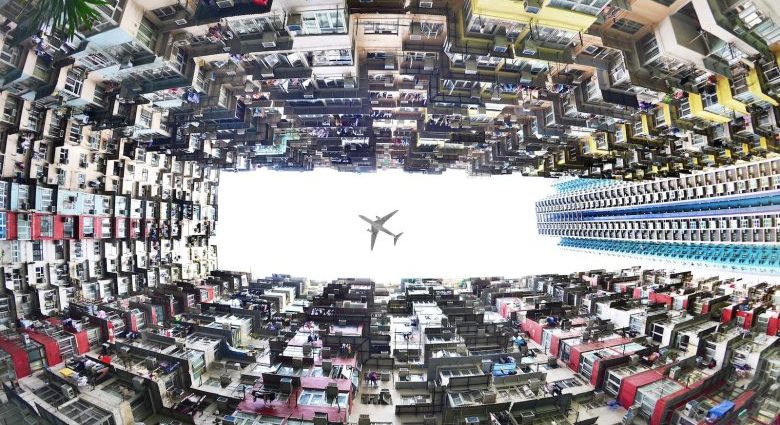Bangladesh, since its liberation in 1971, has undergone a profound economic transformation, evolving from one of the world’s most impoverished nations to one of the fastest-growing economies.
Despite significant progress in indicators such as the Human Development Index (HDI) and Sustainable Development Goals (SDGs), recent external shocks, particularly from the Covid-19 pandemic and the Russia-Ukraine conflict, have brought attention to the vulnerabilities in the nation’s economic landscape.
Also read: Why Bangladesh can’t get enough of Hasina
In the face of adversity, Bangladesh showcased resilience by achieving GDP growth of 3.4% in 2020, outperforming many developing nations and earning accolades for its government’s adept management.
However, the subsequent move to seek a US$4.5 billion loan from the International Monetary Fund (IMF), alongside Sri Lanka and Pakistan, in late 2022 suggests underlying economic challenges that extend beyond immediate global uncertainties.

Awami League re-elected
As Bangladesh concluded its 12th parliamentary election on January 7, with the Awami League securing victory for a fourth consecutive term under Prime Minister Sheikh Hasina’s leadership, the implications for the country’s economic future are significant.
A critical concern that emerges is the over-reliance on the textile and ready-made garments (RMG) sector, contributing more than 84% to total export earnings in the fiscal year 2019-20. This concentration exposes the economy to risks associated with global demand fluctuations and the labor-intensive nature of production methods.
While the service sector offers short-term support, the imperative for long-term diversification strategies becomes evident.
Turning attention to the tax landscape, Bangladesh currently maintains a tax-to-GDP ratio of 8%, ranking as the second-lowest in South Asia. Institutional corruption poses a substantial hindrance to revenue mobilization, negatively correlating with the tax-to-GDP ratio and impacting taxpayer compliance.
Urgent anti-corruption measures, coupled with progressive tax systems and expenditure rationalization, are indispensable for ensuring fiscal stability, addressing inequality, and fostering sustainable economic development.
The balance of payments presents another challenge, with a significant import-export mismatch exacerbating issues in both the current account and the overall balance of payments.
Fiscal deficits, partially attributed to reduced exports and increased import bills, add strain to the economic scenario.
A decline in foreign direct investment (FDI) further contributes to the fall in the capital-account balance. Strategies such as export promotion, reducing dependency on imported inputs, and improving the business climate are necessary to rectify these macroeconomic imbalances.
Because of global events, the diminishing foreign-exchange reserves and weakening Bangladeshi taka necessitate urgent government action to protect the country’s business environment.
Such measures as halting non-essential imports and limiting the supply of US dollars to commercial banks aim to safeguard reserves but simultaneously pose challenges, including uncertainty in timely payments to foreign suppliers.
Government intervention, complemented by social-security measures, is crucial to stabilizing the domestic economy and protecting vulnerable sections.
In the energy sector, despite a significant increase in electricity generation capacity, the plant load factor (PLF) reached an all-time low in 2022. Addressing the demand-supply gap through technological upgrades and a swift transition to renewable sources becomes imperative for sustaining economic growth.
Inflationary pressures, primarily driven by escalating food and fuel prices, intensify economic challenges and intersect with a banking sector in upheaval. Issues such as loan fraud, capital flight, cronyism, and bureaucratic corruption underscore the intricate ties between economic challenges and the dynamics of patronage politics in Bangladesh.
Environmental concerns
Furthermore, Bangladesh grapples with the dual challenges of addressing inequality and managing the economic risks associated with rapid climate change. Efforts to reduce inequality through increased social expenditures, stimulating savings and investments, and ensuring inclusive growth are crucial.
Simultaneously, the country contends with the threat of climate change, marked by rising sea levels, urbanization, and deforestation, jeopardizing livelihoods and ecosystem services. Effective mitigation strategies, supported by international grants and technology transfer, are crucial to combat environmental degradation and safeguard economic productivity.
In a broader context, the political business-cycle lens sheds light on the fluctuation of economic activities in response to external interventions by political actors aiming to boost the incumbent government’s re-election prospects.
Bangladesh’s historical trends reflect a departure in 2014 and 2018, where GDP growth increased during election years, possibly due to reduced uncertainty about power transfer. If the newly elected government successfully addresses ongoing challenges, the economy may rebound in the latter half of this fiscal year, leading to another period of growth in the next election year.
Finally, as Bangladesh stands at the crossroads of its economic trajectory, strategic interventions and a departure from historical trends are crucial. The intricate interplay of economic challenges, political dynamics, and global uncertainties necessitates a holistic and proactive approach.
By addressing these multifaceted issues, Bangladesh can not only weather the current storms but also position itself as a resilient and thriving player on the global economic stage.

